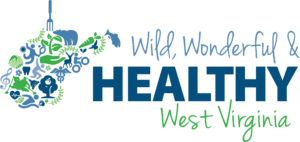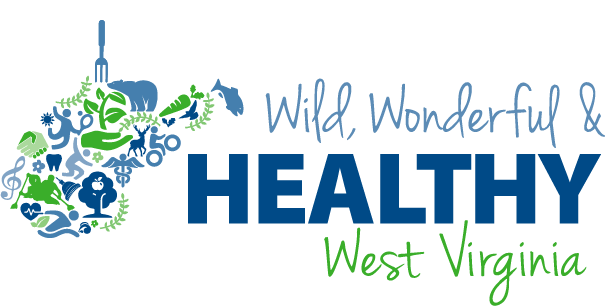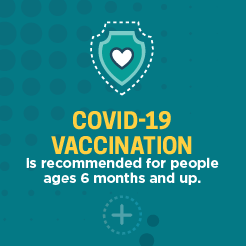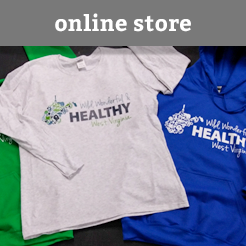 Creating a Wild, Wonderful & Healthy West Virginia to Unleash Prosperity Throughout Our State
Creating a Wild, Wonderful & Healthy West Virginia to Unleash Prosperity Throughout Our State
Health means much more than simply not being sick. To improve West Virginia’s health statistics, we must break down silos that separate improving health from the work of education, business, transportation, economic development, government and other historically “non-health” sectors. Health care organizations and public health must join with schools, faith-based organizations, businesses, economic development groups, and other community partners to make the “healthy choice the easy choice” in communities throughout West Virginia. Each sector must recognize their unique contributions to community well-being and align their resources accordingly—working as a cohesive whole.
Our vision is a “Wild, Wonderful and Healthy West Virginia”.
No matter what your respective role is – to mitigate the opioid crisis, to ensure our children are ready for school and adults are ready to work, or to support economic growth – it all begins with healthy West Virginians. No one of us alone will have all the answers, but the direction we must go is clear, and together we can achieve our vision of a healthy West Virginia.
Linkage to Economic Development
Our future state economy will be one that is not only based on energy production and manufacturing but is also one that is supported by small business development in rural communities throughout West Virginia. Small business owners and young entrepreneurs want a healthy, productive workforce and are therefore more likely to locate in communities where their employees and families have opportunities to live healthier lifestyles. An individual’s overall health is determined, not only by his/her health care provider, but to a greater extent by conditions in communities where people live, learn, work, play, and age. Thus, we must keep in mind that although access to health care services is crucial to being healthy, the ability to live a healthy lifestyle is equally, if not more important.
Fulfilling Our Vision
Improving West Virginia’s health statistics will not be determined by state action alone, but rather the collective actions of West Virginia’s community leaders. Creating a culture of health in our communities will require community residents, leaders and organizations to collectively identify priorities and take coordinated action to implement sustainable systems changes and policy-oriented long-term solutions. Improving the health statistics of a community, region and eventually the state, will be successful if we support leaders in communities throughout West Virginia in building diverse and robust partnerships across business, government, health care, and residents to address the social determinants of health community-by-community.
Why Community Health Improvement is Needed
West Virginia has stark health disparities when compared to the rest of the nation. These health disparities impact our residents daily and negatively impact our state’s economic development potential. Following is a summary of some of West Virginia’s key health disparities from the Appalachian Regional Commission’s report “Creating A Culture of Health in Appalachia” report:
MORTALITY
- West Virginia’s Years of Potential Life Lost rate, a measure of premature mortality, is 47% higher than the national rate.
- West Virginia’s diabetes mortality rate is 53% higher than the national rate.
- West Virginia’s COPD mortality rate is 53% higher than the national rate.
- The suicide rate in West Virginia is 27% higher than the national rate.
- West Virginia’s heart disease mortality rate is 19% higher than the national rate.
- West Virginia’s stroke mortality rate is 19% higher than the national rate.
- West Virginia’s cancer mortality rate is 17% higher than the national rate.
MORBIDITY
- The average adult in West Virginia reports feeling physically unhealthy 33% more often than the average American.
- The average adult in West Virginia reports feeling mentally unhealthy 31% more often than the average American.
- The prevalence of adult obesity is 34% in West Virginia, a mark higher than the 27.4% experienced in the nation.
- The prevalence of depression among fee-for-service Medicare beneficiaries in West Virginia is 18%, compared to 15% for the United States.
- The prevalence of diabetes in West Virginia is 13%, a mark higher than the 9.8% experienced by the nation.
Creating Sustainable Improvements in West Virginia’s Communities
These statistics can be daunting to consider, but we can change them. To do so, however, will require a coordinated approach that reaches beyond our public health and health care organizations and engages businesses, economic developers, government leaders, and more – community by community throughout our state.
For more information or to involve your community in creating a Wild, Wonderful and Healthy West Virginia please contact us.


 A Program of:
A Program of:
